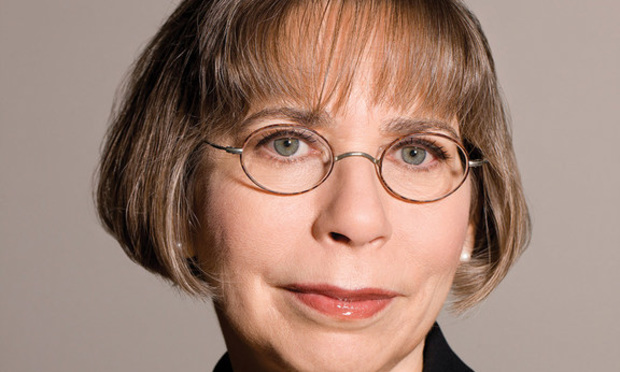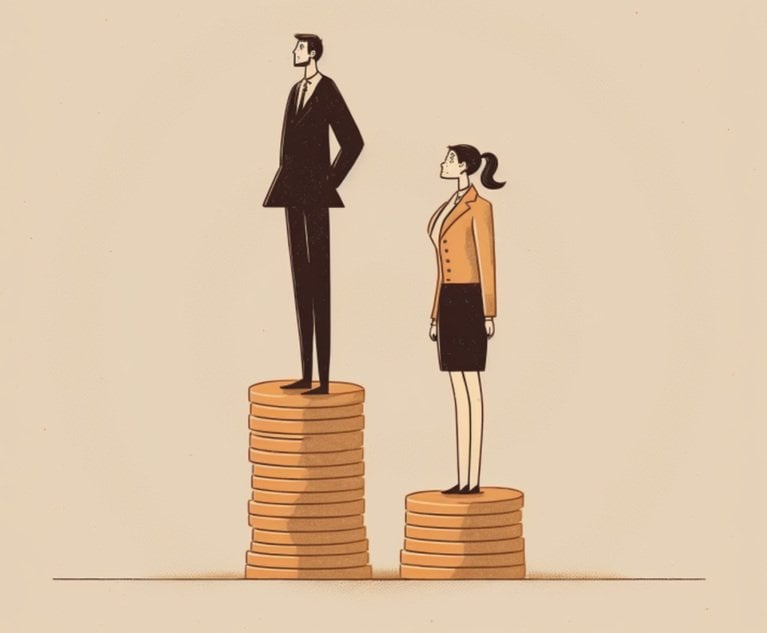Along with cannabis, the Controlled Substances Act of 1970 designated many psychedelic compounds as Schedule I controlled substances. Schedule I controlled substances are considered to have no legitimate medical use and their possession and sale is illegal under U.S. federal law. Recent efforts to legalize psychedelics have followed in the wake of legalization of medical and recreational cannabis by multiple states. In the last two years, Denver, Colorado, and Oakland and Santa Cruz, California, decriminalized possession of psilocybin-containing mushrooms and/or plants having psychedelic properties. In February 2020, the Washington, D.C., Board of Elections decided to advance an initiative to decriminalize possession of any plant or fungus containing psilocybin and other psychedelic compounds. At the same time, scientific researchers have been looking at old research in a new light. The FDA has even shown willingness to support approval of psychedelic therapeutics. The renewed interest in psychedelics has spawned an increase in commercial activity and an increase in the number of patent applications and granted patents covering psychedelics. This article addresses patent issues related to psychedelics.
What are psychedelics? In contrast to cannabinoids, which are derived from only a few species of plants and often share chemical structures, psychedelics are derived from diverse sources, can have diverse chemical structures, and are defined functionally based on their pharmacological profiles. Even medical dictionaries use the term loosely. Stedman’s Medical Dictionary defines psychedelic as: “Pertaining to a rather imprecise category of drugs with mainly central nervous system action, and with effects said to be the expansion or heightening of consciousness, e.g., LSD, hashish, mescaline, psilocybin.” (Stedman’s Medical Dictionary, November 2014 at 735790, emphasis added.) Exemplary psychedelics include lysergic acid diethylamide (LSD), psilocybin, ayahuasca, 3,4-methylenedioxymethamphetamine (MDMA), ketamine, ibogaine, mescaline, dipropyltryptamine (DPT) and diethyltryptamine (DET).


 Gretchen Temeles, of Duane Morris
Gretchen Temeles, of Duane Morris




